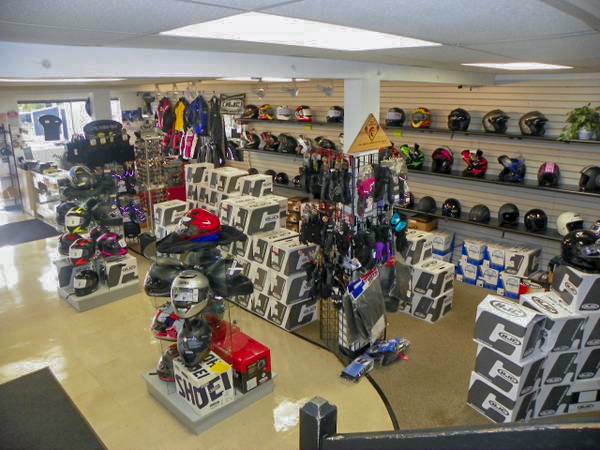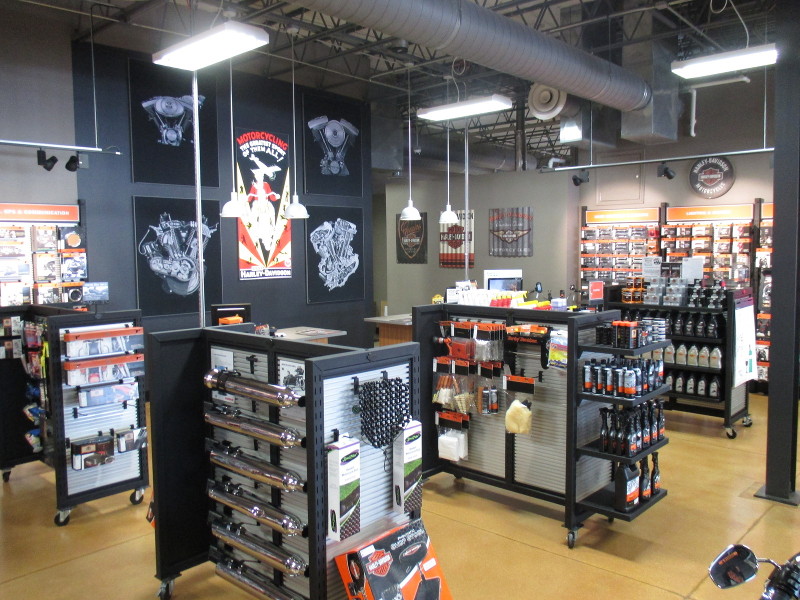Leading MX Gear NZ: Prepare for Your Next Off-Road Journey
Leading MX Gear NZ: Prepare for Your Next Off-Road Journey
Blog Article
Understanding the Vital Components of a Bike: A Comprehensive Guide for Enthusiasts
For bike lovers wanting to elevate their riding experience and ensure their bikes run efficiently, comprehending the crucial elements of a motorcycle is vital. Each component, from the engine's elaborate workings to the important role of the braking devices, not just impacts efficiency however likewise security and comfort. This overview will stroll via the basic parts that every rider ought to recognize with, allowing notified choices in both maintenance and potential upgrades. As we start this exploration, one must ask: exactly how does each component communicate to create the smooth ride every lover seeks?
Engine Parts

The camshaft plays an essential role in controlling the timing of the engine's shutoffs, guaranteeing the exact opening and closing essential for reliable fuel and air intake, along with exhaust expulsion. This timing is vital to preserving optimum engine performance and performance. Additionally, the carburetor or gas injection system, depending upon the motorcycle model, is in charge of blending air with fuel in the proper ratio for burning.
The cooling system, either air or liquid-based, works to keep the engine's temperature within functional limitations, stopping getting too hot and guaranteeing longevity - motocross gear nz. Each element, thoroughly designed and incorporated, adds to the smooth operation of the engine, specifying the motorbike's power outcome and general performance
Transmission System
Integral to the bike's performance, the transmission system ensures efficient power transfer from the engine to the wheels. This system comprises several important elements, consisting of the clutch, gearbox, and final drive, each playing an essential function in translating the engine's power right into activity. The clutch, generally operated by a hand bar, serves to involve and disengage the engine from the transmission, allowing for smooth gear changes and controlled acceleration.
The gearbox, frequently referred to as the transmission correct, contains a set of equipments that riders can manually move with to adjust the bike's rate and torque outcome. These gears are set up in a sequence that makes it possible for the motorcycle to speed up smoothly and maintain optimum engine efficiency throughout different rates. Many motorbikes use a sequential transmission, requiring the cyclist to change gears in a predetermined order.
Braking Systems
While understanding the transmission system is key to harnessing a motorbike's power, just as crucial is the capacity to manage and stop that power effectively, which is where stopping systems enter play. Brakes are vital for security and efficiency, supplying the biker with the essential control to navigate different surfaces and problems. Generally, motorbikes include 2 kinds of braking systems: disc brakes and drum brakes.
Disc brakes are much more common in contemporary bikes due to their exceptional performance. This system uses far better warm dissipation, constant performance, and improved quiting power, especially in wet conditions.
On the other hand, drum brakes, though less usual, are still located in some bikes. They function by pushing brake shoes versus the inner surface of a drum connected to the wheel. While usually less effective in warm dissipation and stopping power, drum brakes are less complex and more cost-efficient.
Recognizing these stopping like this systems' nuances permits motorcyclists to preserve their motorcycles appropriately and appreciate the engineering that ensures safe and effective quiting.
Suspension and Steering
Suspension and steering systems are important components that dramatically influence a bike's handling and trip convenience. The shock absorber, containing forks at the front and shock absorbers at the back, soaks up roadway irregularities, boosting security and control. Front forks, upside down or normally telescopic, compress and rebound to alleviate impacts, while back shock absorbers maintain tire call with the road, essential for grip and security.
Steering, focused around the handlebars, links the biker to the bike's directional control. The steering head bearings guarantee smooth procedure, enabling specific maneuverability. Proper placement and maintenance of these bearings are essential for predictable steering feedback and decreasing cyclist fatigue.
The suspension's adjustability is another important aspect; preload, damping, and rebound setups permit customization to match various riding conditions and designs. This adaptability is necessary for optimizing performance, whether browsing urban roads or tackling rugged trails. Technologies like electronic shock absorber supply real-time changes, improving ride quality across diverse surfaces.

Electric Equipments
After ensuring a smooth and controlled adventure with reliable suspension and guiding systems, attention turns to the electrical systems, an essential element of modern-day motorcycles. These systems play a critical role not only in starting the engine however likewise in powering different parts that improve the capability and safety of the motorbike.
At the heart of a motorbike's electrical system is the battery, which stores electric power essential for starting the engine and powering supporting systems - mx gear nz. The alternator or generator, coupled with the rectifier-regulator, ensures the battery remains charged while the motorcycle is in procedure, transforming power right into electrical energy and maintaining voltage degrees
The ignition system, an additional vital component, is in charge of sparking the air-fuel blend in the engine's cyndrical tubes. Modern bikes commonly use an electronic ignition system, offering higher performance and integrity compared to conventional systems.
Illumination systems, including fronts lights, tail lights, and signs, are also vital, making certain exposure and safety and security for the cyclist. Extra electronic parts such as sensing units, control devices, and shows add browse around here to innovative features like gas shot administration, anti-lock stopping systems (ABDOMINAL), and electronic dashboards, further advice boosting the riding experience.
Conclusion
A thorough understanding of a motorcycle's necessary elements, consisting of the engine, transmission system, braking devices, suspension, steering, and electrical systems, is crucial for enthusiasts aiming to maximize comfort, performance, and safety. Mastery of these components permits notified choices pertaining to maintenance and upgrades, eventually improving the riding experience. By incorporating this knowledge, bikers can guarantee their motorcycles run at peak efficiency and integrity, thus optimizing both enjoyment and longevity of their vehicles.
For bike lovers looking to boost their riding experience and guarantee their bikes run efficiently, comprehending the important parts of a bike is paramount.Indispensable to the bike's performance, the transmission system makes certain effective power transfer from the engine to the wheels.While comprehending the transmission system is essential to taking advantage of a motorbike's power, just as vital is the capacity to regulate and quit that power efficiently, which is where braking mechanisms come right into play. Typically, motorcycles feature 2 types of stopping systems: disc brakes and drum brakes.
A complete comprehension of a bike's crucial parts, including the engine, transmission system, braking systems, suspension, steering, and electrical systems, is indispensable for fanatics aiming to enhance convenience, efficiency, and safety.
Report this page